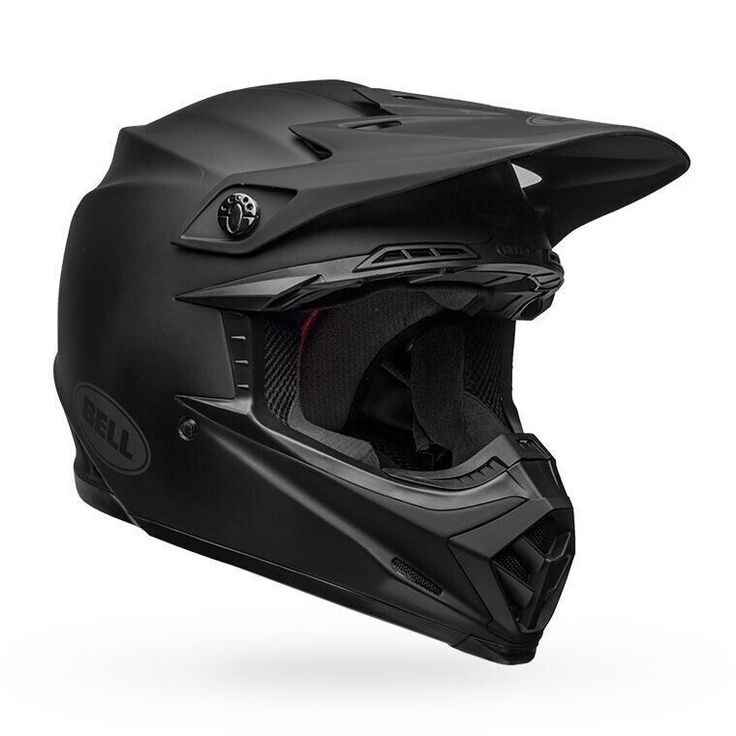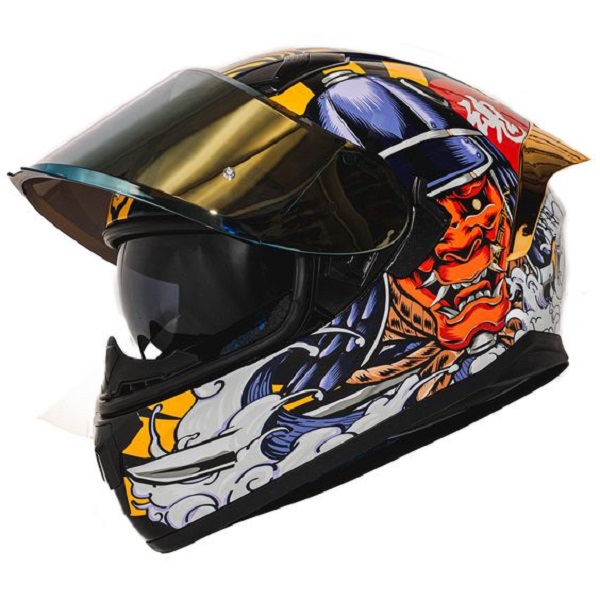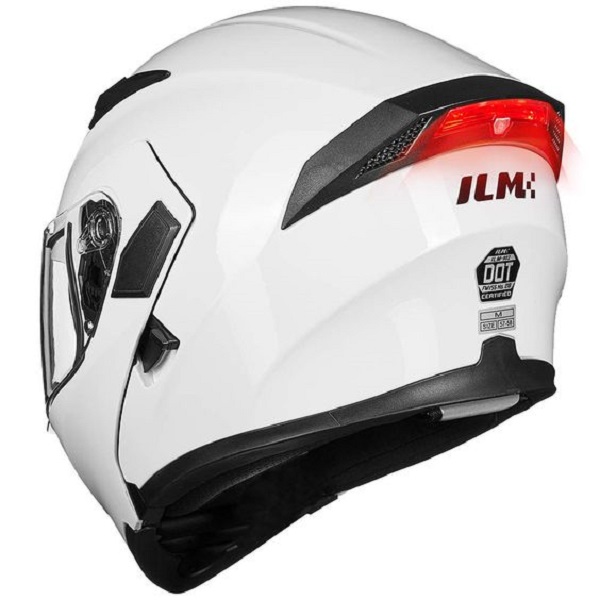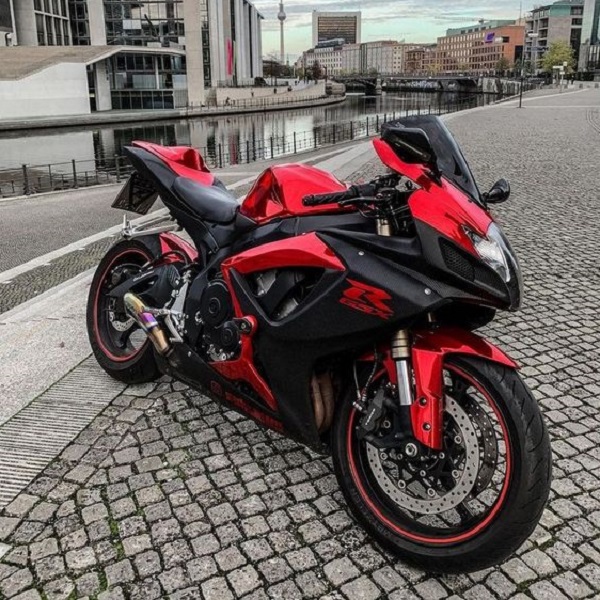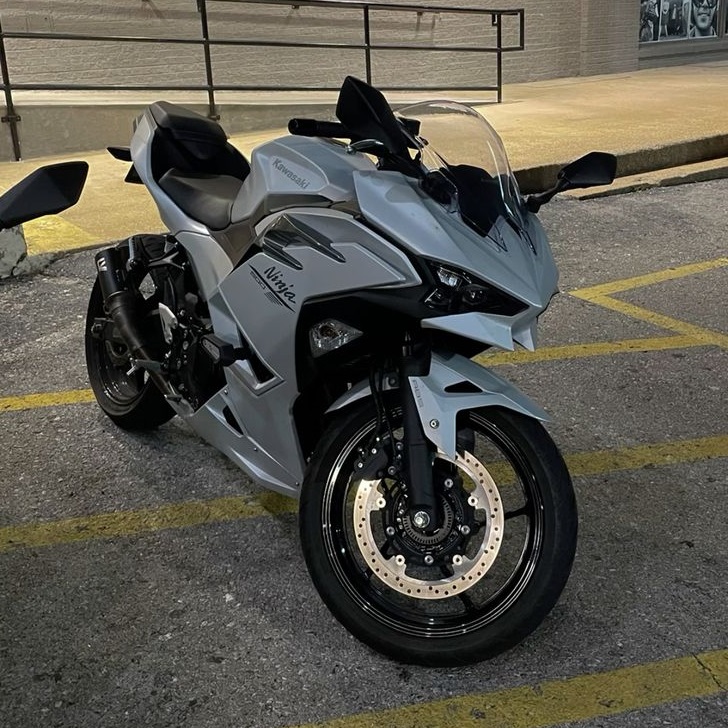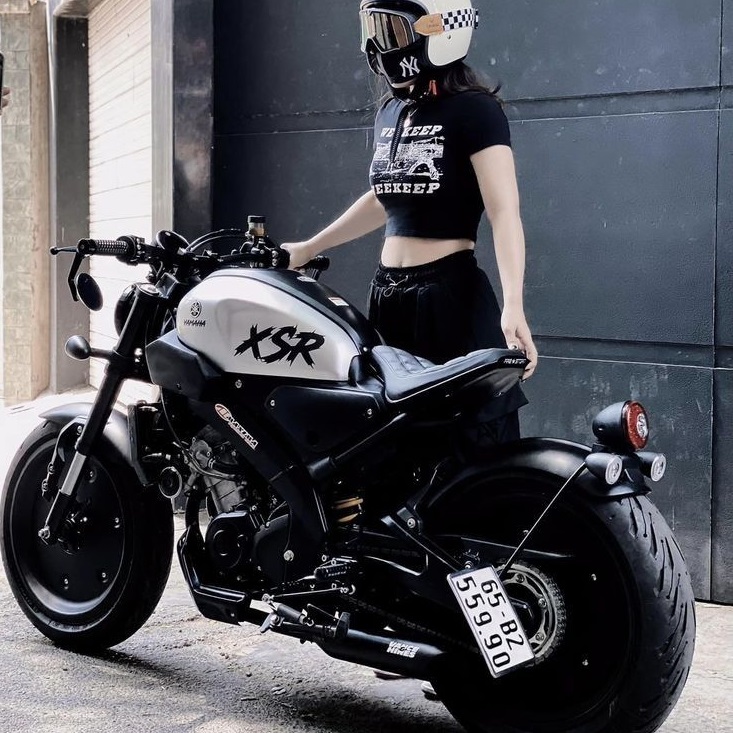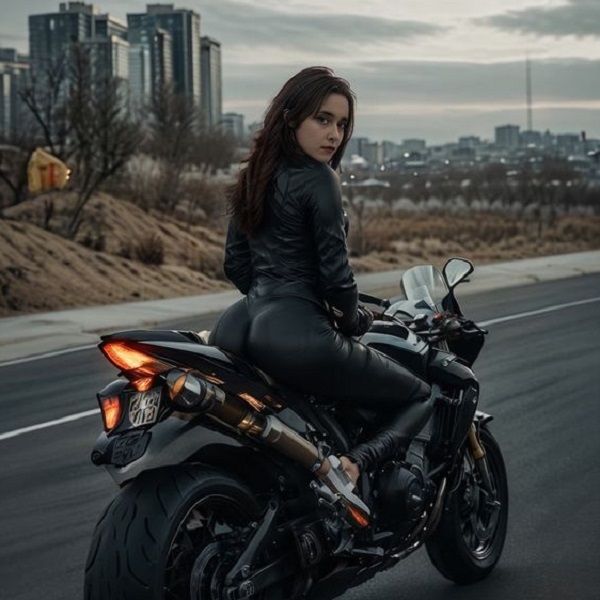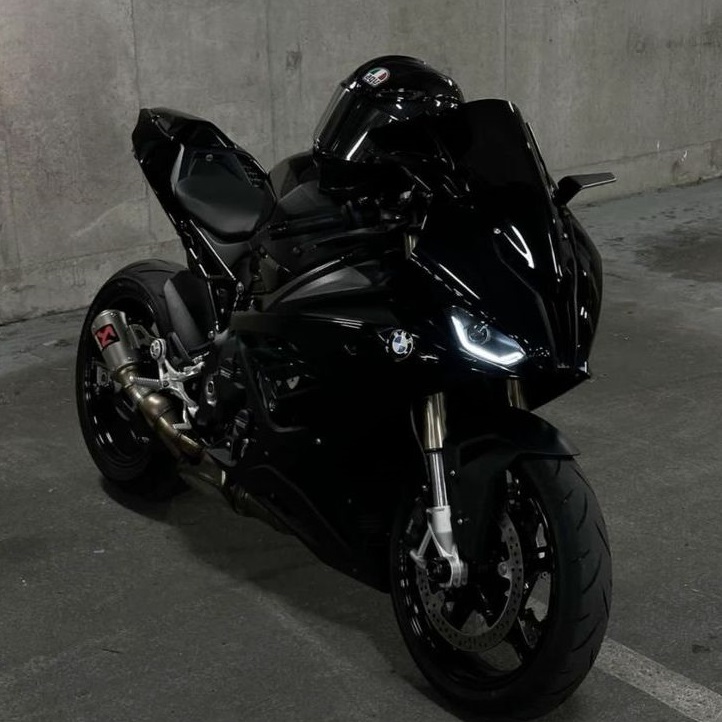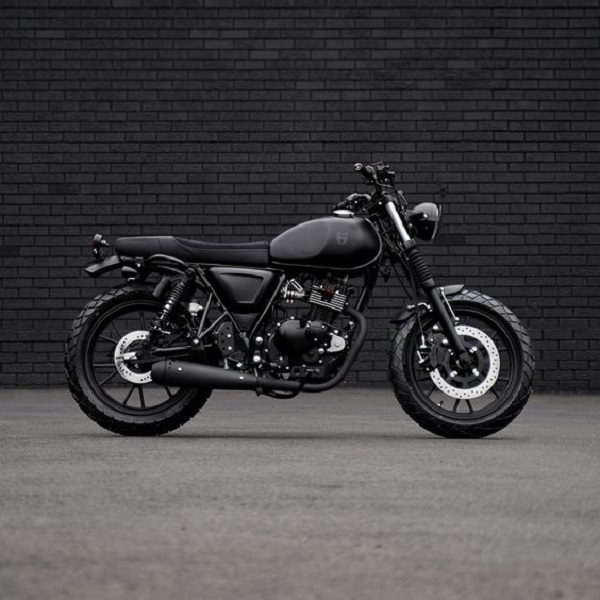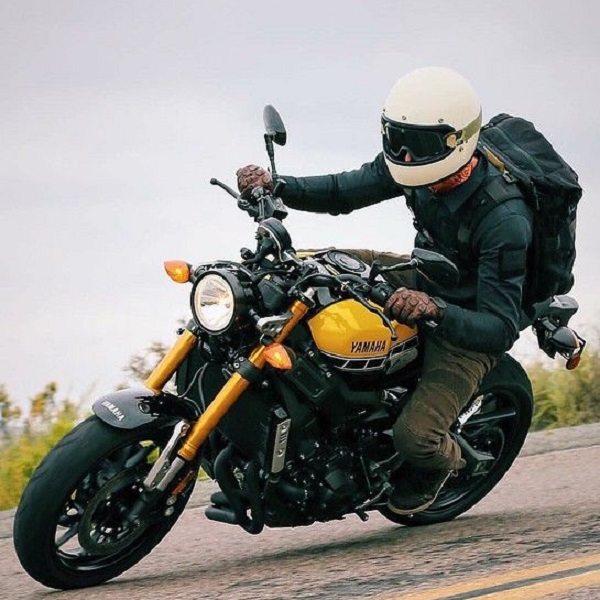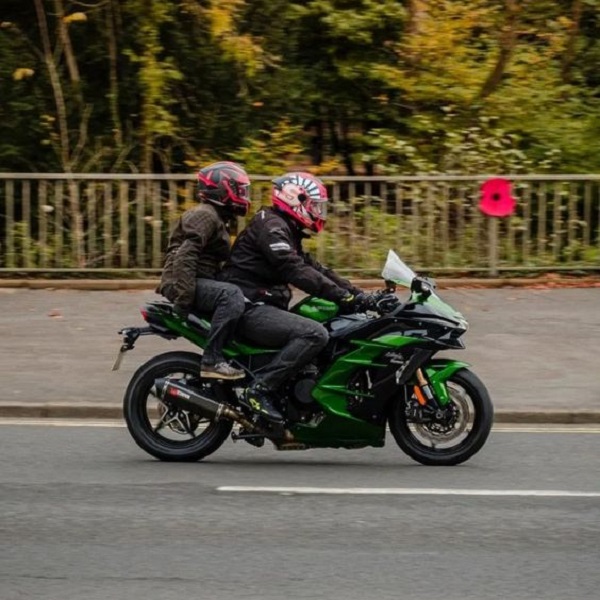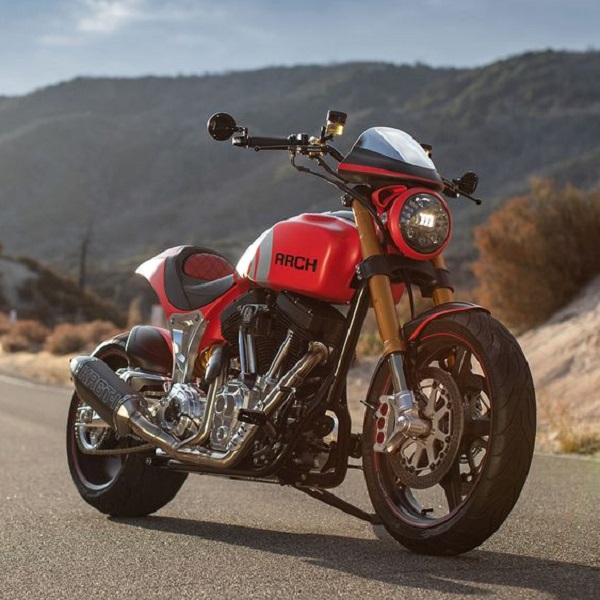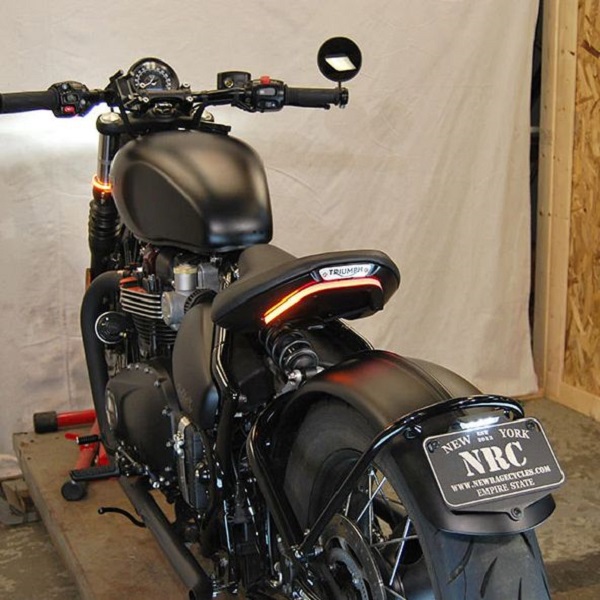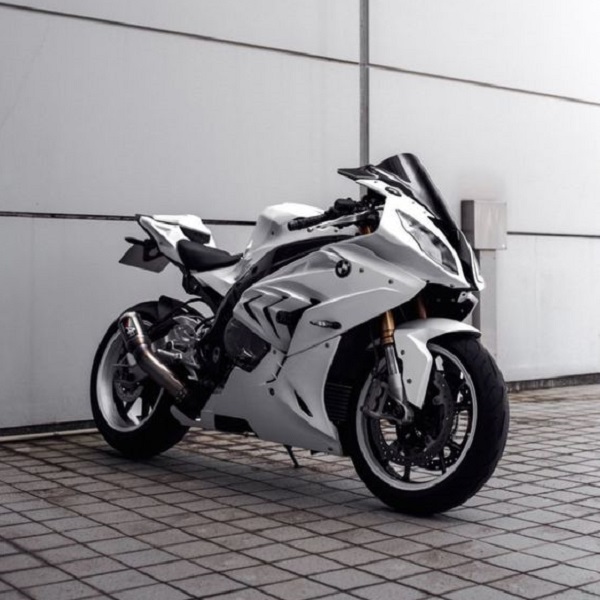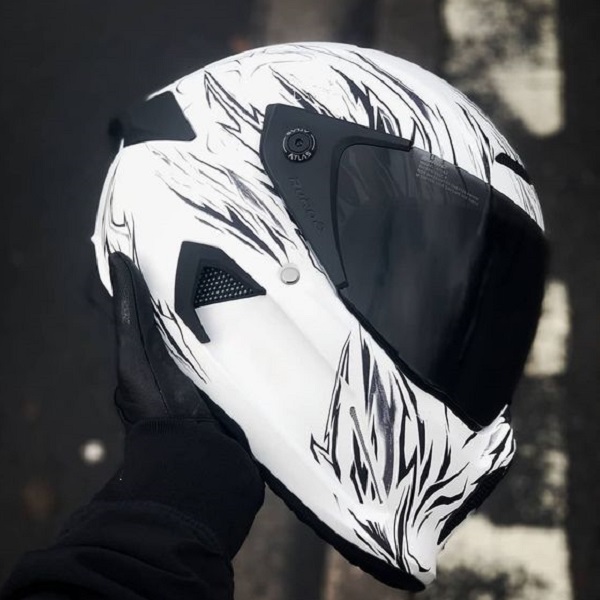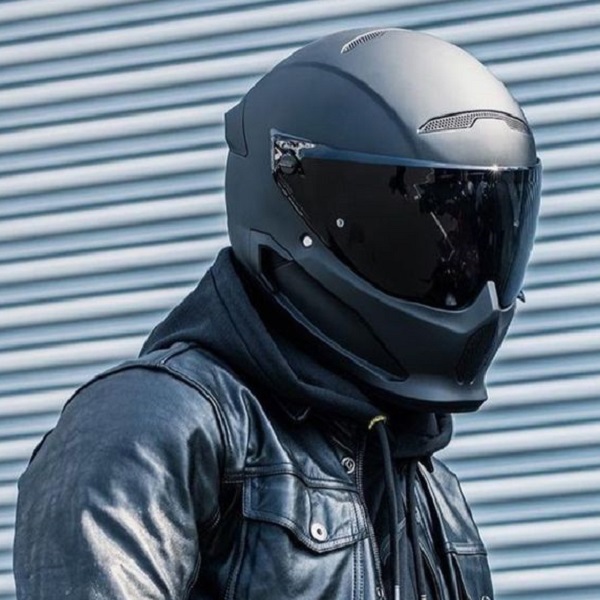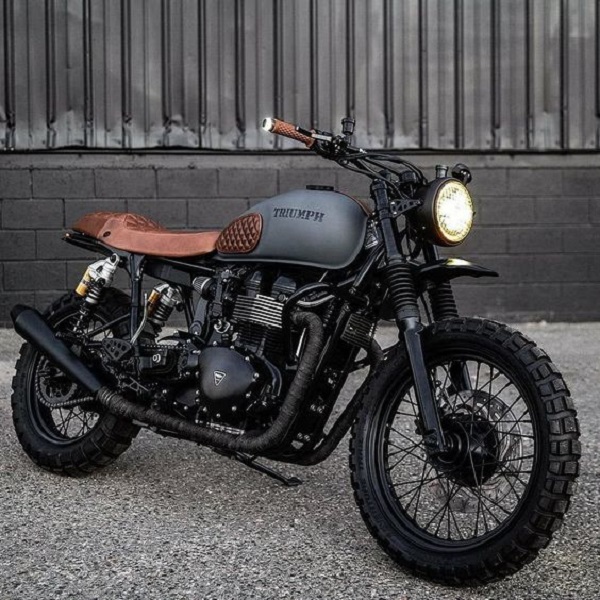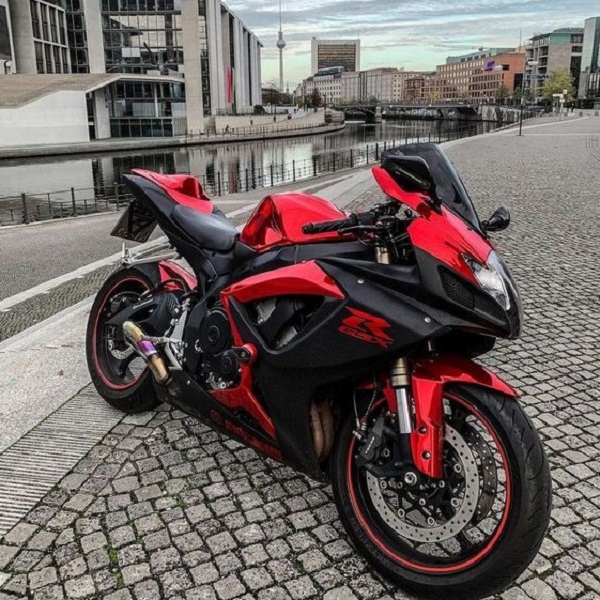Sep 27, 2024
Do Motorcycle Seat Cushions Work?
Long rides on a motorcycle can be exhilarating, offering a unique sense of freedom and adventure. However, the joy of the journey can be quickly dampened by an uncomfortable seat. That’s where motorcycle seat cushions come into play, promising relief from pressure points, numbness, and fatigue. But do they truly live up to their claims? Let’s dive into the world of motorcycle seat cushions, exploring their benefits, limitations, and various options available, helping you decide if they’re the right solution for your comfort on the road.
The Discomfort Dilemma: Why Motorcycle Seats Can Be a Pain
Before we delve into the world of seat cushions, let’s understand why motorcycle seats can be a source of discomfort, especially during long rides.
Pressure Points
The design of motorcycle seats, often prioritizing aerodynamics and style, can create pressure points on your tailbone, hips, and thighs. Prolonged pressure on these areas can lead to numbness, discomfort, and even pain.
Heat and Moisture Buildup
Traditional motorcycle seats, especially those made from solid materials, can trap heat and moisture, leading to discomfort and even skin irritation.
Vibrations and Shocks
The constant vibrations and shocks from the road can be transmitted through the seat, further contributing to discomfort and fatigue.
The Cushion Solution: Benefits and Features
Motorcycle seat cushions are designed to address these discomfort issues, offering a layer of cushioning and support between you and the seat.
-
Pressure Relief: The primary function of a seat cushion is to redistribute pressure, alleviating discomfort on your pressure points. This allows for a more comfortable and enjoyable riding experience, especially during longer journeys.
-
Improved Blood Circulation: By reducing pressure on certain areas, cushions can help improve blood circulation, preventing numbness and tingling sensations.
-
Shock Absorption: Some seat cushions incorporate gel or air cells that absorb shocks and vibrations from the road, further enhancing comfort and reducing fatigue.
-
Heat and Moisture Management: Many cushions are designed with breathable materials and ventilation channels to allow for better airflow and prevent heat and moisture buildup.
-
Customization: Some cushions offer adjustable features like air pressure or gel inserts, allowing you to customize the level of support and comfort.
Types of Motorcycle Seat Cushions: Exploring Your Options
Motorcycle seat cushions come in various types, each with its unique features and benefits. Let’s explore some popular options.
-
Gel Cushions: These cushions utilize gel inserts to provide comfort and support. Gel conforms to your body shape, distributing pressure evenly and absorbing shocks.
-
Air Cushions: Air cushions use inflatable air cells to create a customizable level of support and comfort. They offer adjustability and can be inflated or deflated to suit your preferences.
-
Foam Cushions: Foam cushions, often made from memory foam or high-density foam, provide a comfortable and supportive layer on your seat.
-
Sheepskin Covers: Natural sheepskin covers offer a luxurious and comfortable feel while also providing warmth and moisture-wicking properties.
-
Bead Cushions: Bead cushions feature small beads that conform to your body shape and provide pressure relief. They also offer excellent airflow and breathability.

Choosing the Right Cushion
-
Comfort and Support: Prioritize comfort and support that addresses your specific pressure points and riding style.
-
Size and Fit: Ensure the cushion fits your motorcycle seat properly and doesn’t interfere with your riding position or control.
-
Material and Durability: Choose a cushion made from durable and weather-resistant materials that can withstand the elements and regular use.
-
Breathability: Opt for a cushion with breathable materials or ventilation channels to prevent heat and moisture buildup.
-
Additional Features: Consider additional features like adjustability, non-slip bottom, or water resistance, depending on your needs.
Beyond Comfort: The Health Advantages of Motorcycle Seat Cushions
While the immediate benefits of seat cushions lie in comfort, their impact on your overall health and well-being during long rides shouldn’t be overlooked.
-
Reduced Fatigue: By minimizing pressure points and absorbing shocks, seat cushions can significantly reduce fatigue, allowing you to ride longer and enjoy the journey without discomfort.
-
Improved Posture: A well-designed cushion can encourage better posture while riding, reducing strain on your back, neck, and shoulders.
-
Circulation Enhancement: Seat cushions with gel or air cells promote better blood circulation by distributing pressure evenly and preventing numbness or tingling sensations in your legs and buttocks.
-
Joint and Muscle Support: For riders with pre-existing back or joint issues, a supportive seat cushion can make a world of difference in comfort and pain management.
Long-Term Benefits
-
Reduced Risk of Injuries: By minimizing fatigue and discomfort, seat cushions can indirectly contribute to safer riding. A comfortable and alert rider is less likely to make mistakes or experience lapses in concentration.
-
Enhanced Enjoyment: Ultimately, a comfortable ride leads to greater enjoyment and satisfaction, allowing you to fully immerse yourself in the thrill of motorcycling.
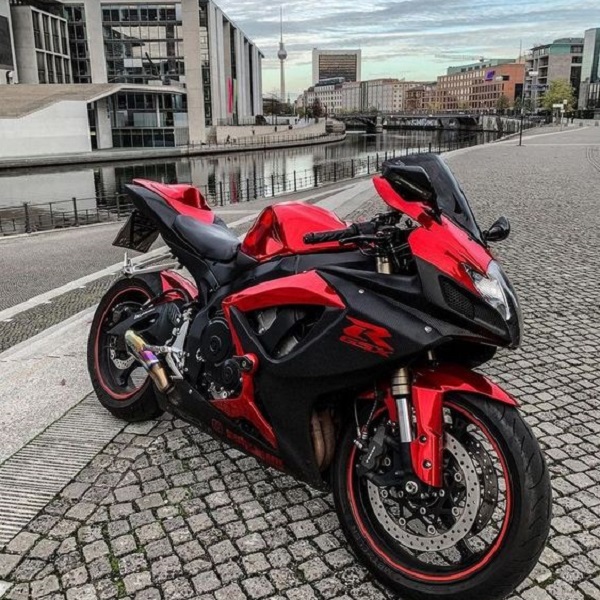
Making an Informed Choice: Factors to Consider
When choosing a motorcycle seat cushion, several factors come into play to ensure it meets your individual needs and preferences.
-
Riding Style and Duration: If you’re a long-distance rider or frequently embark on multi-day journeys, a cushion with maximum comfort and support is crucial. For shorter rides or occasional use, a more basic cushion might suffice.
-
Motorcycle Type: The type and style of your motorcycle influence your cushion choice. Cruisers and touring bikes often have larger, flatter seats that accommodate various cushion styles. Sportbikes or adventure bikes, with their more sculpted seats, might require specialized cushions designed for those specific shapes.
-
Material and Construction: Choose a cushion made from durable and weather-resistant materials that can withstand the elements and regular use. Look for features like a non-slip bottom to prevent the cushion from sliding around on the seat.
-
Breathability and Ventilation: Opt for cushions with breathable materials or ventilation channels to minimize heat and moisture buildup, especially during warmer months or long rides.
-
Ease of Installation and Removal: Consider how easy it is to install and remove the cushion. Some cushions attach with straps or buckles, while others simply slip onto the seat.
-
Budget: Seat cushions range in price, from affordable gel pads to more expensive air-cell systems. Set a realistic budget and prioritize features that align with your needs and preferences.
Testimonials and Reviews: Real-World Experiences
Beyond theoretical benefits, what do real-world riders have to say about motorcycle seat cushions? Let’s dive into some testimonials and reviews to gauge their effectiveness.
-
Long-Distance Riders: Many long-distance riders swear by seat cushions, claiming they significantly reduce fatigue and discomfort, allowing them to enjoy longer journeys without the dreaded “numb bum.”
-
Commuters: Even those with shorter commutes report improved comfort and reduced aches and pains after using seat cushions, especially those with gel or air cell technology.
-
Riders with Back Issues: Individuals with pre-existing back or joint problems find significant relief and improved posture with supportive seat cushions.
-
Mixed Reviews: However, it’s important to note that not all experiences are positive. Some riders find that certain cushions don’t provide enough support or can even create new pressure points. Others might find them too bulky or uncomfortable, especially on sportbikes or smaller motorcycles.
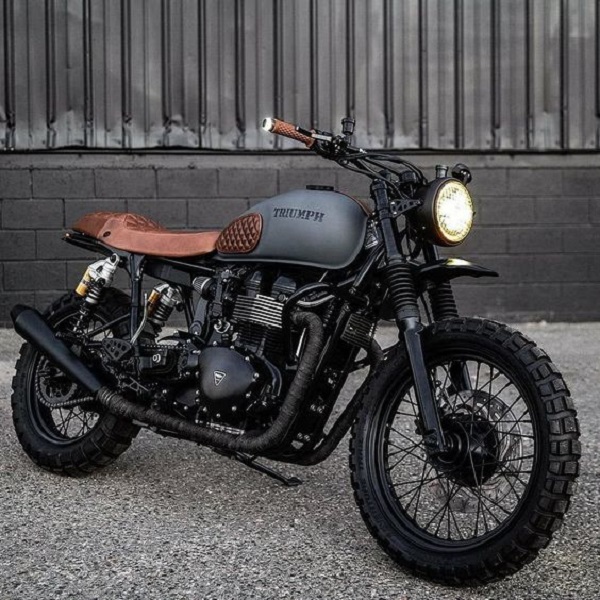
Conclusion
Motorcycle seat cushions can indeed make a significant difference in your riding comfort and overall experience. They offer pressure relief, improve circulation, absorb shocks, and enhance posture, allowing you to enjoy longer rides without discomfort or fatigue.
By understanding the different types of cushions available, considering your individual needs and preferences, and choosing a high-quality and well-fitting product, you can transform your motorcycle seat into a haven of comfort and support.
So, go ahead, invest in a motorcycle seat cushion, and embrace the joy of riding without the aches and pains!
